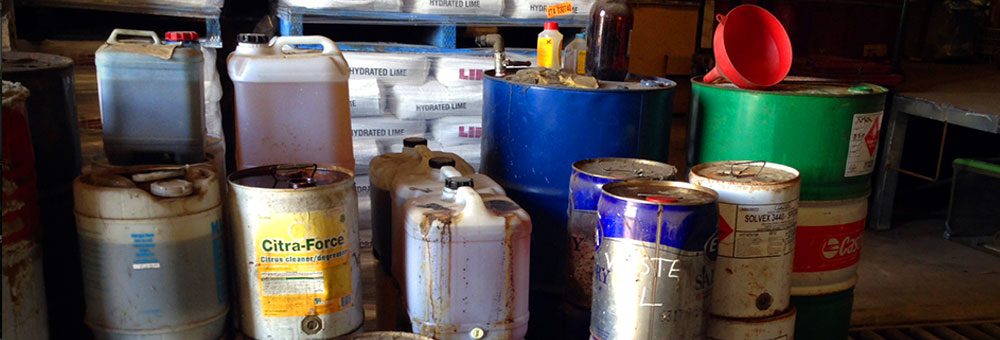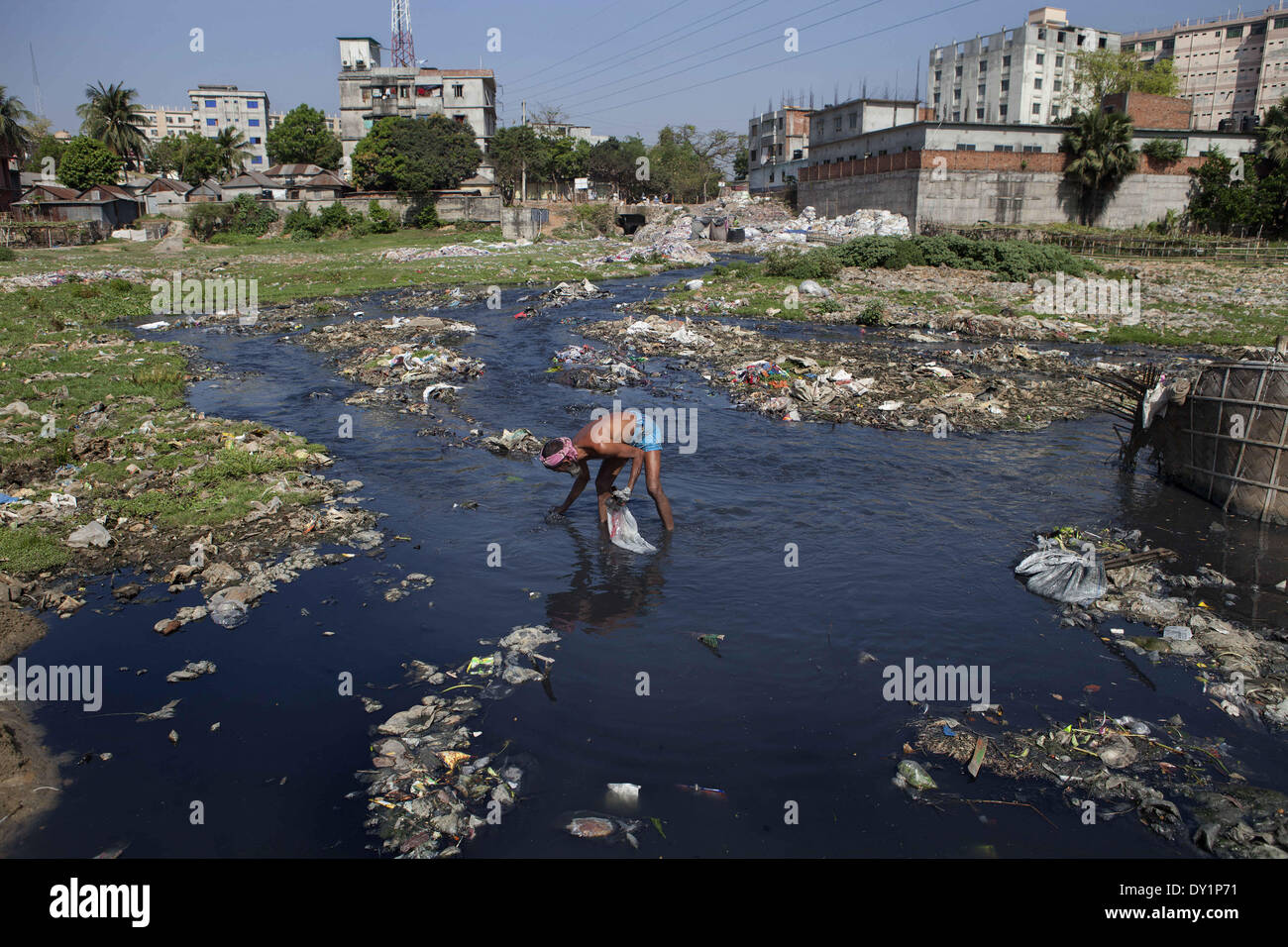Understanding the Comprehensive Refine of Liquid Waste Disposal: Best Practices and Environmental Impact Factors To Consider
The management of liquid waste disposal is a diverse problem that requires a comprehensive understanding of numerous best practices and their linked environmental impacts. From the kinds of liquid waste produced to the techniques utilized for collection, treatment, and last disposal, each step plays a critical function in safeguarding communities and public health and wellness.
Kinds of Liquid Waste
Recognizing the numerous sorts of fluid waste is important for effective administration and disposal methods. Liquid waste can be extensively categorized into numerous kinds, each calling for distinct handling and therapy approaches.
Industrial fluid waste often contains harmful materials, including hefty steels, solvents, and chemicals, generated throughout producing procedures. These wastes necessitate stringent governing conformity to secure human wellness and the atmosphere. Domestic fluid waste mainly describes wastewater produced from households, consisting of sewer and greywater, which, although less hazardous, can still present considerable risks if poorly handled.
Agricultural fluid waste, including runoff from ranches, commonly contains fertilizers and pesticides that can lead to ecological deterioration if not dealt with adequately. Clinical liquid waste, produced from health care facilities, includes polluted liquids such as bodily fluids and chemicals, needing specialized disposal techniques to stop infection and ecological contamination.
Finally, oil and grease waste, commonly produced by dining establishments and automotive sectors, can trigger serious blockages in sewer systems otherwise managed appropriately. Recognizing these classifications facilitates targeted methods for therapy, conformity with regulations, and reliable disposal techniques, ultimately promoting environmental sustainability and public health and wellness safety and security.

Collection Approaches
Efficient collection approaches are essential for the correct administration of fluid waste, ensuring that it is collected safely and successfully prior to treatment or disposal. Various strategies are used depending on the sort of fluid waste created, the volume, and the certain attributes of the waste.
One usual technique is using devoted collection containers or sumps, which are made to catch fluid waste at the source. These systems typically integrate pumps that promote the transfer of waste to bigger storage space containers or treatment facilities. Additionally, mobile collection devices outfitted with vacuum innovation are used in circumstances where waste is generated periodically or in hard-to-reach places.
For industrial settings, closed-loop systems can effectively reduce spills and leaks, enabling the healing and reuse of liquid waste. It is also crucial to train workers on correct collection procedures to minimize risks connected with harmful substances.
Moreover, applying regular maintenance timetables for collection equipment guarantees ideal efficiency and safety. The assimilation of advanced monitoring systems can enhance collection effectiveness by giving real-time data on waste levels and potential risks. Generally, effective collection methods are foundational to sustainable liquid waste management methods.
Therapy Processes
Treatment processes play an essential duty in the monitoring of fluid waste, changing possibly unsafe products right into risk-free effluents or recyclable sources - liquid waste disposal. These procedures can be broadly classified right into physical, chemical, and organic techniques, each customized to attend to certain pollutants present in the waste stream
Physical treatment techniques, such as sedimentation and filtration, work by removing suspended solids and particulate issue. These strategies are usually the very first step in the therapy chain, properly minimizing the tons on subsequent processes. Chemical therapies entail the use of reagents to neutralize dangerous materials, precipitate hefty metals, or oxidize organic pollutants, thereby boosting the security of the effluent.
Biological therapy processes, including turned on sludge systems and anaerobic digestion, profit from the natural capacities of microbes to deteriorate raw material. These techniques are particularly effective for wastewater consisting of biodegradable contaminants. Advanced therapy technologies, such as membrane layer filtration and progressed oxidation procedures, are increasingly used to achieve greater get more degrees of filtration.
Integrating a mix of these therapy approaches not only guarantees conformity with regulative criteria yet also promotes environmental sustainability by recovering useful sources from fluid waste.
Disposal Options
How can organizations make certain the safe and responsible disposal of liquid waste? Effective disposal options are vital for safeguarding public health and wellness and the setting. The key approaches consist of land incineration, treatment, and disposal adhered to by discharge into community wastewater systems.
Land see disposal includes the cautious control of fluid waste in marked land fills, guaranteeing that it does not seep into bordering dirt or water. Incineration, on the various other hand, topics fluid waste to heats, transforming it right into ash and gases, which call for correct purification to decrease exhausts. This approach is suitable for hazardous wastes that can not be dealt with via typical methods.
In cases where fluid waste can be dealt with, organizations may choose biological or chemical therapy processes to reduce the effects of harmful parts prior to discharging the dealt with effluent right into metropolitan systems. This course normally lines up with regulatory requirements, ensuring that the effluent fulfills security standards.
Eventually, organizations have to perform complete evaluations of each disposal option to determine its stability, thinking about factors such as waste make-up, regulative compliance, and possible dangers to wellness and the atmosphere. By selecting appropriate disposal techniques, businesses can add to an accountable waste administration approach.
Ecological Impact
The ecological impact of liquid garbage disposal is a critical consideration for companies seeking to decrease their environmental impact. Inappropriate disposal methods can bring about substantial contamination of water resources, dirt degradation, and negative effects on neighborhood ecological communities. For instance, harmful fluids can seep into groundwater, posturing risks to alcohol consumption water supplies and aquatic life. In addition, the discharge of without treatment or improperly treated waste into surface waters can cause eutrophication, leading to oxygen exhaustion and the succeeding fatality of fish and other microorganisms.

To minimize these influences, companies have to embrace finest practices such as executing rigorous waste therapy procedures, promoting recycling and reuse, and adhering to regulatory criteria. By taking an aggressive technique to liquid waste monitoring, entities can considerably reduce their ecological footprint while supporting lasting advancement goals. Inevitably, a detailed understanding of the environmental impacts connected with fluid waste disposal is important for educated decision-making and accountable stewardship of natural sources.
Final Thought
Effective monitoring of liquid waste is pop over to this site crucial for guarding environmental honesty and public health and wellness. By embracing finest practices in therapy, collection, and disposal, together with adherence to regulatory requirements, the possibility for dangerous contamination of environments can be significantly minimized. Continuous developments in technology and procedures add to sustainable waste monitoring initiatives. Eventually, a thorough understanding of liquid garbage disposal not just minimizes environmental influences but likewise cultivates a dedication to responsible resource monitoring and ecological stewardship.
The administration of liquid waste disposal is a complex issue that requires a complete understanding of numerous ideal practices and their linked environmental effects. From the types of fluid waste produced to the methods employed for collection, treatment, and last disposal, each action plays a vital function in securing communities and public wellness.The ecological influence of fluid waste disposal is an essential factor to consider for companies looking for to decrease their eco-friendly impact. Eventually, an extensive understanding of the ecological effects connected with liquid waste disposal is important for educated decision-making and liable stewardship of all-natural sources.
Eventually, an extensive understanding of fluid waste disposal not just alleviates environmental impacts but also promotes a commitment to liable source administration and ecological stewardship.
 Neve Campbell Then & Now!
Neve Campbell Then & Now! James Van Der Beek Then & Now!
James Van Der Beek Then & Now! Richard Thomas Then & Now!
Richard Thomas Then & Now! Catherine Bach Then & Now!
Catherine Bach Then & Now! Katey Sagal Then & Now!
Katey Sagal Then & Now!